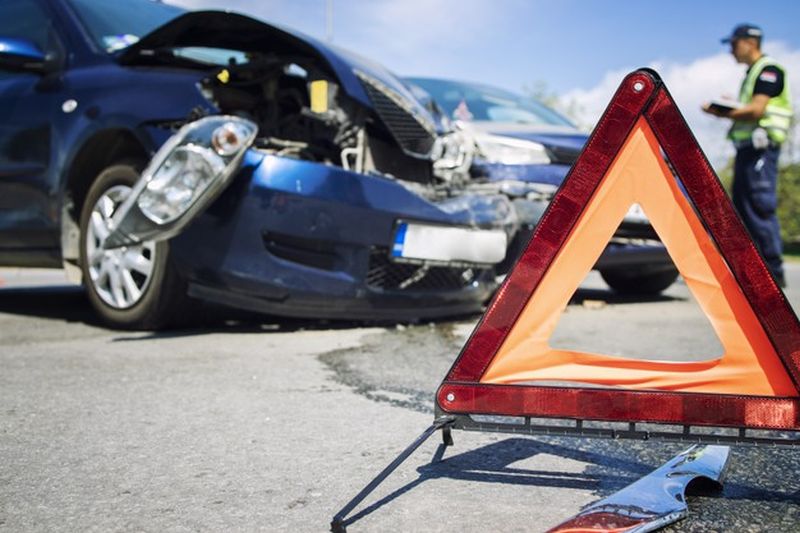
When most people think of a spinal cord injury survivor, they picture a person confined to a wheelchair. The survivor may be skilled in maneuvering around his or her home, as well as stores, streets, parks, or wherever he needs to be, but that’s because he spent taken months, or sometimes years in a rehabilitation facility and undergone ,extensive occupational therapy in the Activities of Daily Living (ADL) before he returned to a semblance of “life as it once was”, but is no longer This describes an out survivor, so to speak.
But don’t forget the closeted spinal cord injury survivors who while they may appear to have resumed a “normal life”, are dealing with residual effects that they keep to themselves. These include
- Erratic blood pressure and body temperature,
- Decreased resistance to upper respiratory infections
- Chronic fatigue.
- Sexual dysfunction
Looking at the Survivors
Although the common perception of a spinal cord survivor is that he was injured while serving in the military or riding his motorcycle, there are many other causes of spinal cord injuries. But before going any further, it should be pointed out lest women feel slighted by the use of the masculine he or him throughout this article, it’s because according to the Mayo Clinic, the vast majority of those suffering spinal cord injuries are males, with females accounting for but 20%.
However, there are exceptions to every rule, and Spinalcord.com, a website dedicated to disseminating information and resources helpful to spinal cord injury survivors and their families found one. While not disputing the Mayo Clinic findings, they fine-tuned its numbers, reporting that when it comes to injuries suffered in motor vehicle accidents women outnumbered men 48.5% to 29.3%.

Causes of Spinal Cord Injuries
By no means are automobile and motorcycle accidents the only causes of spinal cord injuries. Any type of incident that compresses the vertebrae or severely bends the neck can injure the spinal cord. Johns Hopkins Medicine lists the following as the most common causes:
- Motor vehicle accidents
- Falls
- Sports injuries
- Gunshot and knife wounds
- Diving accidents
- Trampoline accidents
- Birth injuries
- Infections that result in a spinal cord abscess
Spinalcord.com adds one more
- surgical complications
All Spinal Cord Injuries are Not Equal
In order to understand a spinal cord injury, it helps to imagine the spinal cord as a major highway originating at the brain and ending at the base of the spine with exits, or in this case, tracts, branching off to carry commands from the brain to the limbs, muscles, and organs of the body. Motor tracts send movement commands to the limbs. Sensory tracts transport signals resulting in the limbs being able to feel pain, pressure, heat, cold, and positional awareness.
Using this analogy, a major spinal cord injury is similar to a tractor trailer truck jackknifing across the road, creating a massive traffic jam at the point of the accident. Similarly, the spinal cord will be able to carry signals to the limbs and parts of the body above the spinal injury, the nerve fibers below it may be too damaged to send commands any further. If the injury is in the thoracic spine (chest area) or lumbar spine (lower back) it can affect function in the torso and legs and possibly cause loss of bowel and bladder control. If the locus of the injury is in the cervical spine (neck area) the individual will not only lose all these abilities, he may not be able to breathe on his own. This last group of spinal cord injury victims will require expensive care for the rest of his life,

The higher up the injury, the more extensive the loss.
- If the person loses movement in all four limbs, he is classified as a quadriplegic.
- If he still has the use of his arms but not of his legs, he is a paraplegic
In addition to these two classifications based on movement, the medical establishment also views injuries as complete or incomplete.
- A person with a complete injury is unable to move or feel any sensation below the point of impact
- A person with an incomplete injury is able to register some feeling and have limited locomotion.
How to Avoid Spinal Cord Injuries
While there’s no guarantee that one of the common spinal cord injury causes won’t befall an individual, everyone can take precautions to lessen the chance that they will happen.
- Motor Vehicle Accidents — Drive safely, observe speed limits, always wear seat belts, and never drink and drive
- Sports Injuries — Always wear safety gear, In the case of football, never use the head as a weapon and in baseball never slide headfirst.
- Falls — Make it a habit to hold onto banisters on staircases and make use of a stable, sturdy step stool when retrieving or storing food or tools in high cabinets or shelves.
- Diving Injures — Always check the depth of water and never cannonball.
Unfortunately, taking precautions only goes so far. Some accidents occur at no fault of the victim. This is especially true in cases where someone’s else’s negligence is responsible for injuries uprooting the lives of spinal cord injury victims. Examples include

- Medical malpractice
- Workplace safety violations
- Negligence on the part of a landlord or property owner
- Uneven city sidewalks,
- And of course head-on collisions with an automobile driven by a reckless or inattentive driver. Motorcyclists and bicycle riders as well as pedestrians are always at the mercy or such drivers.
Accidents can happen anywhere and anytime. If you are injured in an accident, make sure to contact an attorney like one from Terry Bryant. In the end, the best way to avoid spinal cord injuries is to take precautions, keep one’s eyes open, and trust in the universe.
















